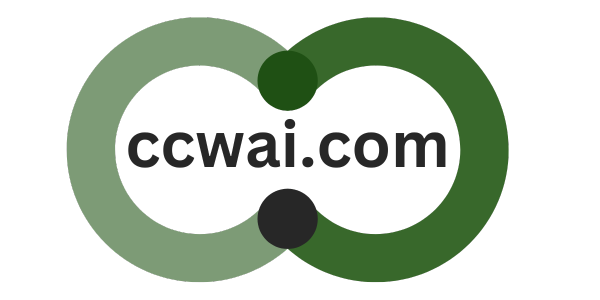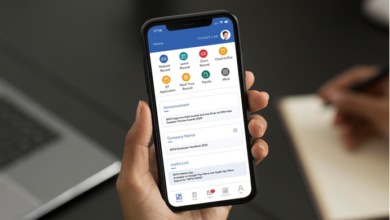What Are The Major Reasons People Choose Refinansiering?

Why should a mortgage be refinanced?
Refinancing might be helpful to you in a number of different ways, depending on the specifics of your financial situation as well as the interest rates that are now available.
The following is a list of the most prevalent reasons to refinance:
- Reduce the amount paid each month
- Cut down on the overall amount of interest paid
- Reduce the total duration of the loan.
- Types of Rate Changes
- Take out some cash to cover some of your other obligations or bills
- Stop mortgage insurance

When is the best time to refinance?
Your particular financial situation will determine the best moment for you to get a refinancing. There are times in your life when you may save money by refinancing your mortgage, even when the cost of the refinance is included in.
If you want to maintain your house, saving even a half-percent reduction in your interest rate is well worth the effort. You should consider refinancing after you’ve built up enough equity in your home to stop paying for private mortgage insurance (PMI), which will allow you to save money every month.
Different kinds of mortgages that may be refinanced
Homeowners have access to a number of distinct refinancing options, including rate-and-term refinancing, cash-out refinancing, cash-in refinancing, and streamline refinancing, based on the specifics of their desired monetary outcomes. And practically any loan may be refinanced as long as the borrower satisfies the lender’s qualifying conditions, which vary by institution.
Refinancing with Rate and Term
Changing the interest rate and duration of your loan while keeping the principal amount the same is possible via the use of a rate and term refinancing.

Considerations to Make Before Refinancing Your Mortgage
- Bring down the cost of your regular payments.
- Spend less on the total interest.
- Pay off your debt more quickly
- Change the program from one with an adjustable rate to one with a fixed rate.
- Get rid of your PMI and your monthly payments will be lower.
Refinance with cash-out option
By raising the amount that you are borrowing for your new loan, a cash-out refinancing enables you to take cash from the entire equity that you have built up in your property. A cash-out refinancing will often result in an increase on the monthly payment amount.
Motives behind getting a cash-out remortgag
- Gain access to your home’s equity for investment in home upgrades or other projects.
- Put your equity toward paying off debts with higher interest rates.
- Refinancing with cash on hand
With a cash-in refinancing, you may reduce the amount of your remaining loan obligation by making a one-time payment toward your home’s equity. Cash-in refinances require customers to contribute tens of thousands to decrease their new loan amount.
Motives for obtaining a cash-in refinancing
- If you owe more on your mortgage than your property is worth, you may be eligible for a loan modification.
- PMI cancellation (private mortgage insurance)
- Bring down the cost of your regular payments.
- Gain access to a lower rate of interest if you qualify.
- Simplify the process of refinancing
One of the benefits of a streamline refinancing is that it eliminates the time and paperwork involved in getting a traditional refinance loan approved. Not everyone can take advantage of this cash-out option. Keep in mind that lenders operate according to their own standards, so there will likely be certain requirements to meet in order to qualify.
Motives for a simplified mortgage refinancing
- Bring down the rate of interest you charge.
- You will be able to save money during the course of your loan.
What are the fees associated with getting a new loan?
The origination fees (https://en.wikipedia.org/wiki/Origination_fee) associated with a mortgage refinancing typically vary from 2 percent to 6 percent of the loan’s principal amount. For example, the refinancing closing expenses on a loan for $250,000 might range anywhere from $5,000 to $15,000. Your brand-new monthly payments may end up being higher as a result of your decision to include these fees into your freshly refinanced loan.

The steps involved in refinancing a mortgage
Six phases comprise mortgage refinancing:
- Get ready for the re-financing.
- Calculate a target refinancing interest rate
- Look around and submit applications for refinanced loans.
- Put a lock on the interest rate on your refinancing.
- Perform an evaluation of the house’s worth.
- Pay up and close
Get ready for the re-financing
Each potential lender has their own set of requirements to meet in order to qualify for a loan, but in general, you can anticipate a thorough investigation into your current financial situation. This involves retrieving your credit report and doing an analysis of your existing debt in addition to reviewing your payment history, current income, and property worth.
Credit: It is important to know your credit score since it will determine the interest rate that lenders offer you.
Job: Lenders will want to look at your employment history, as well as current pay stubs and documentation that you are currently employed.
Home equity: Determine the current amount of your home equity. To avoid PMI, keep your refinancing loan below 80% of your home’s worth.
It is possible that lenders may want an evaluation of your home’s worth before they would consider granting you a loan. Homes that are in excellent shape get greater prices at appraisal than homes that are in bad condition; hence, it is beneficial to finish any unfinished home modifications. The interest rate that is made available to you may also be affected by the assessment, although this will depend on how much money you want to borrow.
Calculate a target refinancing interest rate
If you want to cut your monthly payment by paying less in interest and principle, you’ll need to discover a lower interest rate than the one on your current loan. Refinancing 30-year fixed-rate mortgages generally cost between 3% and 5% in the last decade.
If you’re taking out a mortgage, you’ll likely have to amortize it, which means the original payments will be wiped down over time. The bulk of the principal and interest payment that you make on time each month is allocated to the loan’s interest at the beginning of the loan’s term. A greater proportion of the interest is added to the principal as time passes. Depending on your home loan duration, you may require a lower refinancing interest rate to save money.
Do some research on refinansiering at Investorideas on the current mortgage rates. If you keep an eye on rate patterns, you’ll know when rates have dropped to a point where it might be beneficial to refinancing your loan.
Use a mortgage refinancing calculator: In order to calculate the total amount of money you have saved, you will need to have the following pieces of information: the current loan amount, the loan interest rate, the duration, and the year the loan originated.





